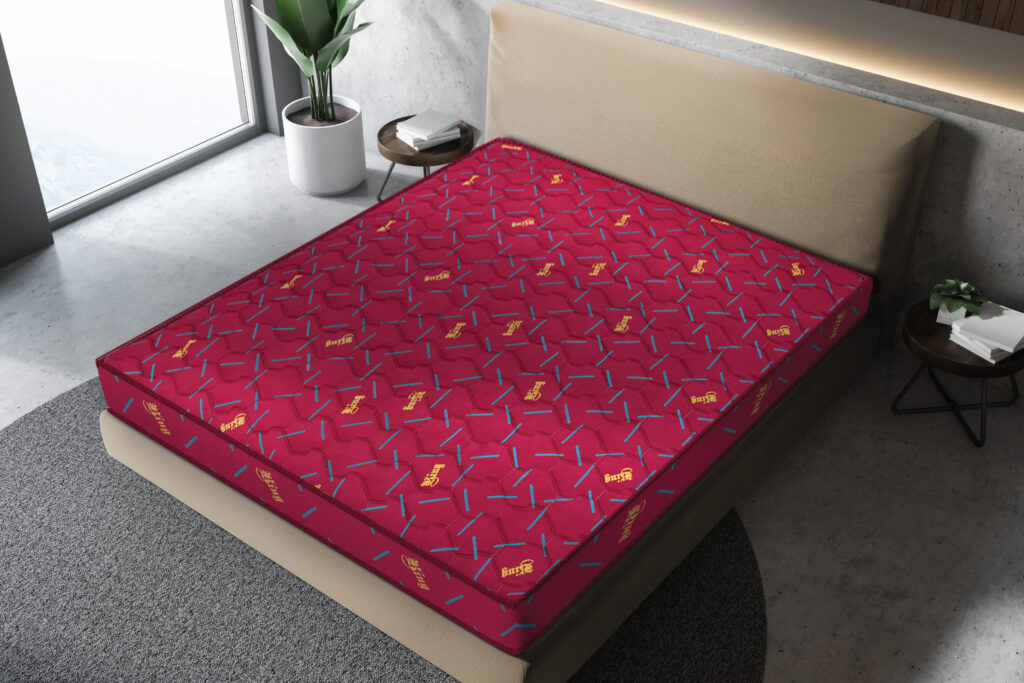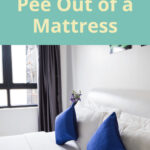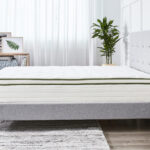Are you looking for a more comfortable sleep experience? Have you ever wondered what is a foam mattress? Foam mattresses are becoming increasingly popular due to their contouring ability and comfort. They are made up of polyurethane foam which is a type of material that contours to the shape of your body, providing superior comfort and support. In this article, we’ll discuss the benefits of sleeping on a foam mattress and how to choose the right one for your needs.
What is a Foam Mattress?
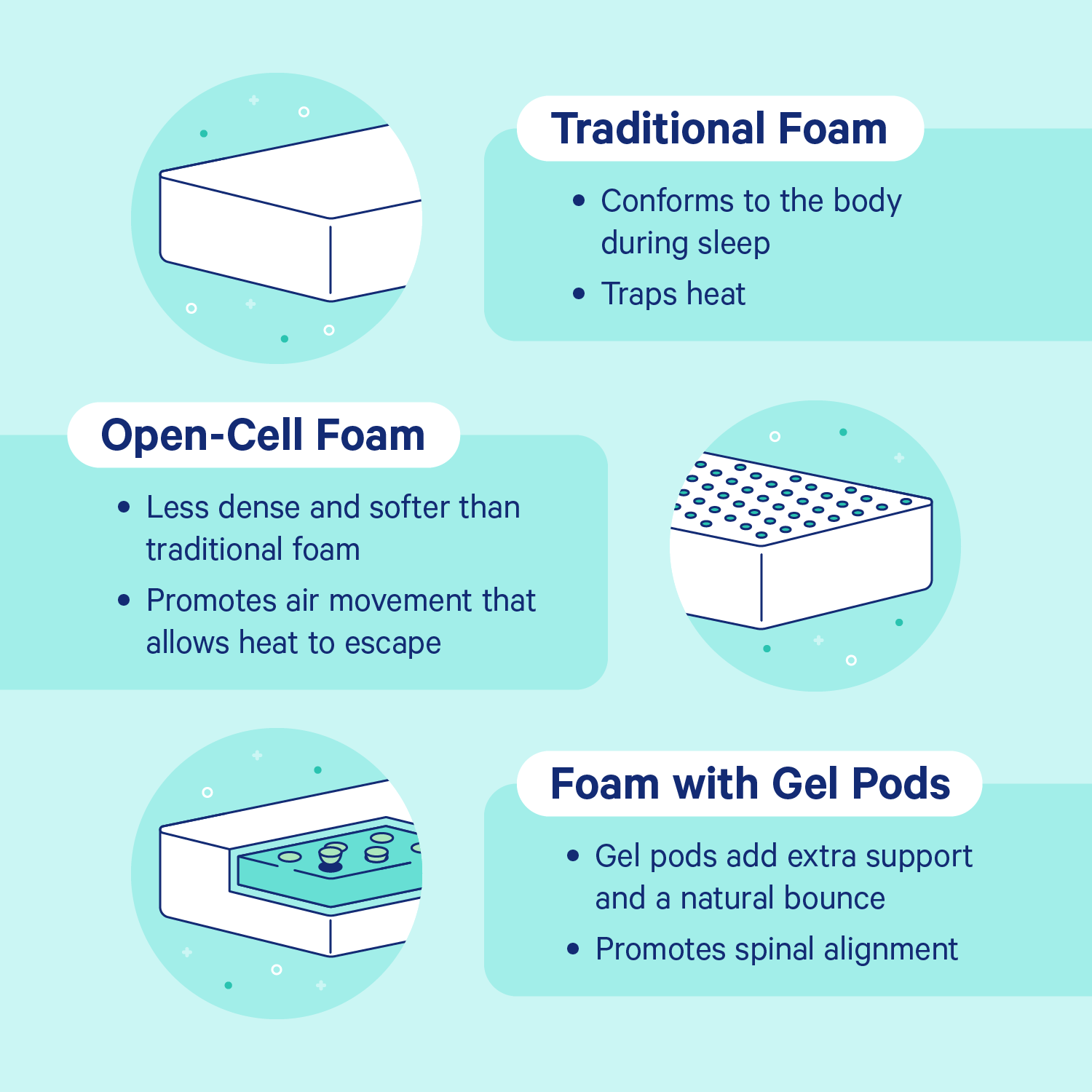
A foam mattress is a type of mattress made out of polyurethane foam, a material that conforms to the body’s shape and provides support. It is usually constructed in layers which are designed to provide support, pressure relief and comfort.
Benefits of Sleeping on a Foam Mattress:
- Provides support – Foam mattresses are designed to provide support to the body in order to reduce the pressure points that can cause discomfort and pain.
- Reduces motion transfer – Foam mattresses are designed to absorb shock and movements, which helps to reduce the transfer of motion from one side of the bed to the other.
- Reduces allergens – Foam mattresses are resistant to dust mites and other allergens, making them an ideal choice for those with allergies.
- Easy to maintain – Foam mattresses are easy to clean and maintain, typically requiring just regular vacuuming and spot cleaning.
- Long lasting – Foam mattresses are designed to last for many years, making them a great choice for those who want a mattress that will last.
Foam mattresses are a great choice for those who want a comfortable and supportive mattress that will last for many years. The material is designed to conform to the body and provide support, as well as reduce motion transfer and allergens. It is also easy to maintain, making it an ideal choice for those who want a low-maintenance mattress.
Types of Foam Mattresses
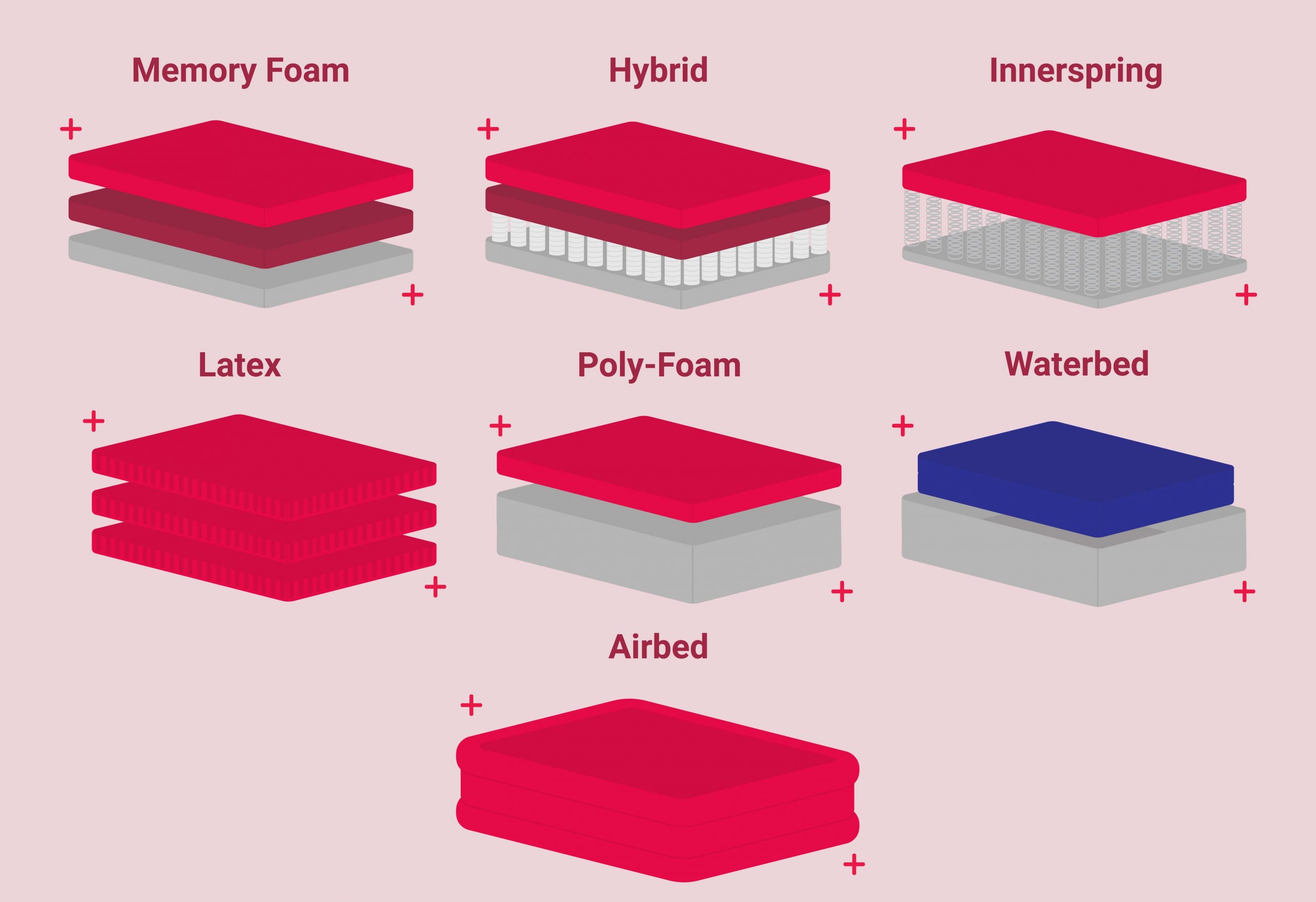
Memory Foam
Memory Foam is a type of foam mattress that is made from a combination of polyurethane and other chemicals that create a viscoelastic material. This viscoelastic material reacts to body heat and pressure, allowing the mattress to conform to a person’s body shape and provide support and comfort.
Latex Foam
Latex Foam is a type of foam mattress that is made from natural latex rubber. It is a highly resilient material that is able to provide excellent support and comfort. Latex foam mattresses are available in various firmness levels, allowing users to customize their mattress according to their own preferences.
Polyurethane Foam
Polyurethane Foam is a type of foam mattress that is made from polyurethane foam. This type of foam is highly durable and provides excellent support and comfort. It is also very affordable and widely available, making it a popular choice for many people.
Benefits of Sleeping on a Foam Mattress
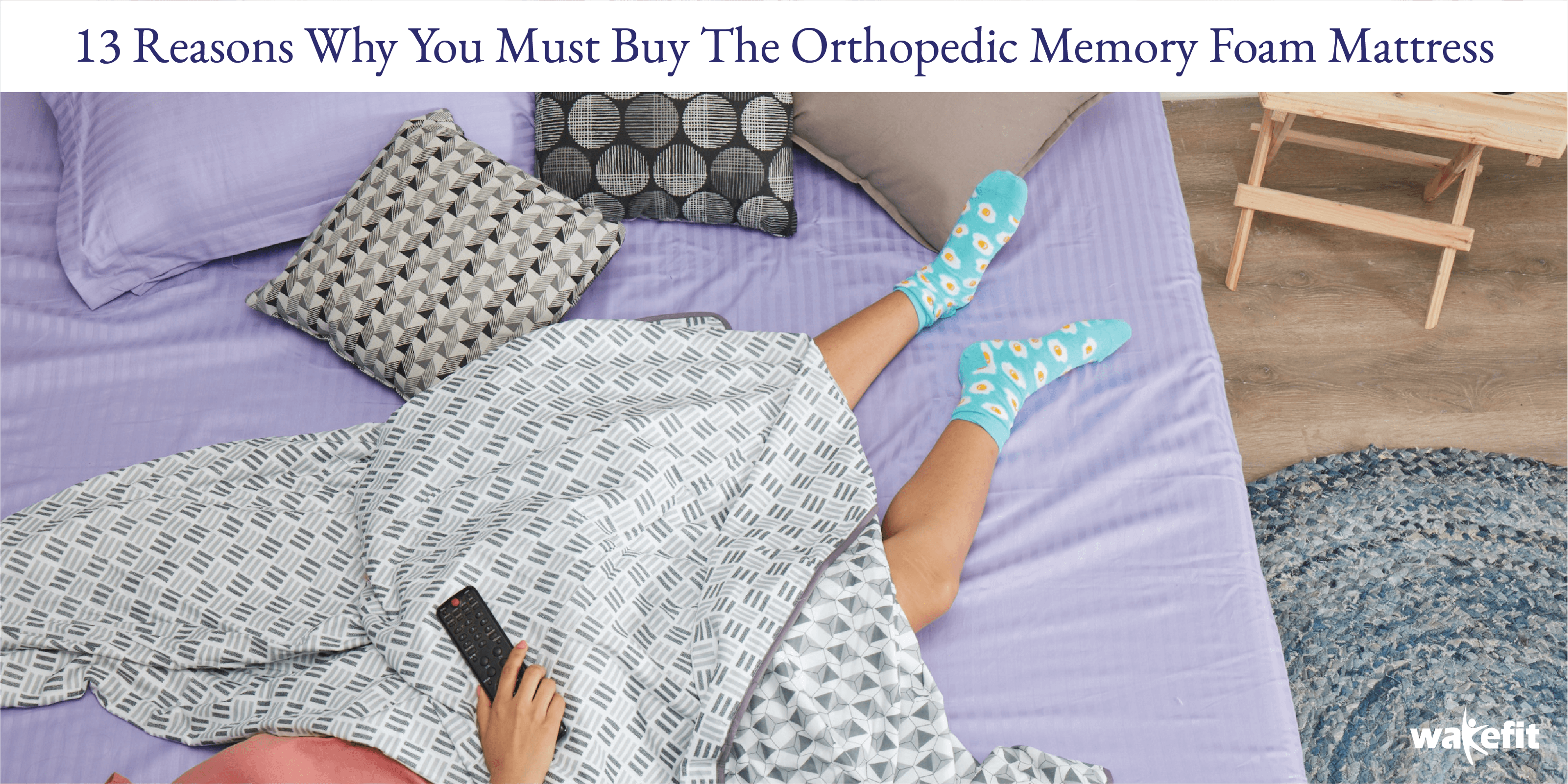
Comfort
Foam mattresses are known for their high levels of comfort, providing support for the whole body. They contour to the shape of the body, offering superior comfort and pressure relief. The foam mattress is also great for people who suffer from back pain due to its ability to evenly distribute body weight.
Pressure Relief
Foam mattresses provide superior pressure relief due to their ability to contour to the shape of the body. The foam is designed to reduce pressure points and provide a more comfortable sleeping experience. The foam mattress also helps to reduce tossing and turning during the night, allowing for a more restful sleep.
Durability
Foam mattresses are known for their durability and are designed to last for many years. The foam material is designed to be resistant to wear and tear, and it is also hypoallergenic making it ideal for people with allergies. Additionally, foam mattresses are easy to maintain and require minimal effort to keep them in good condition.
Disadvantages of Foam Mattresses
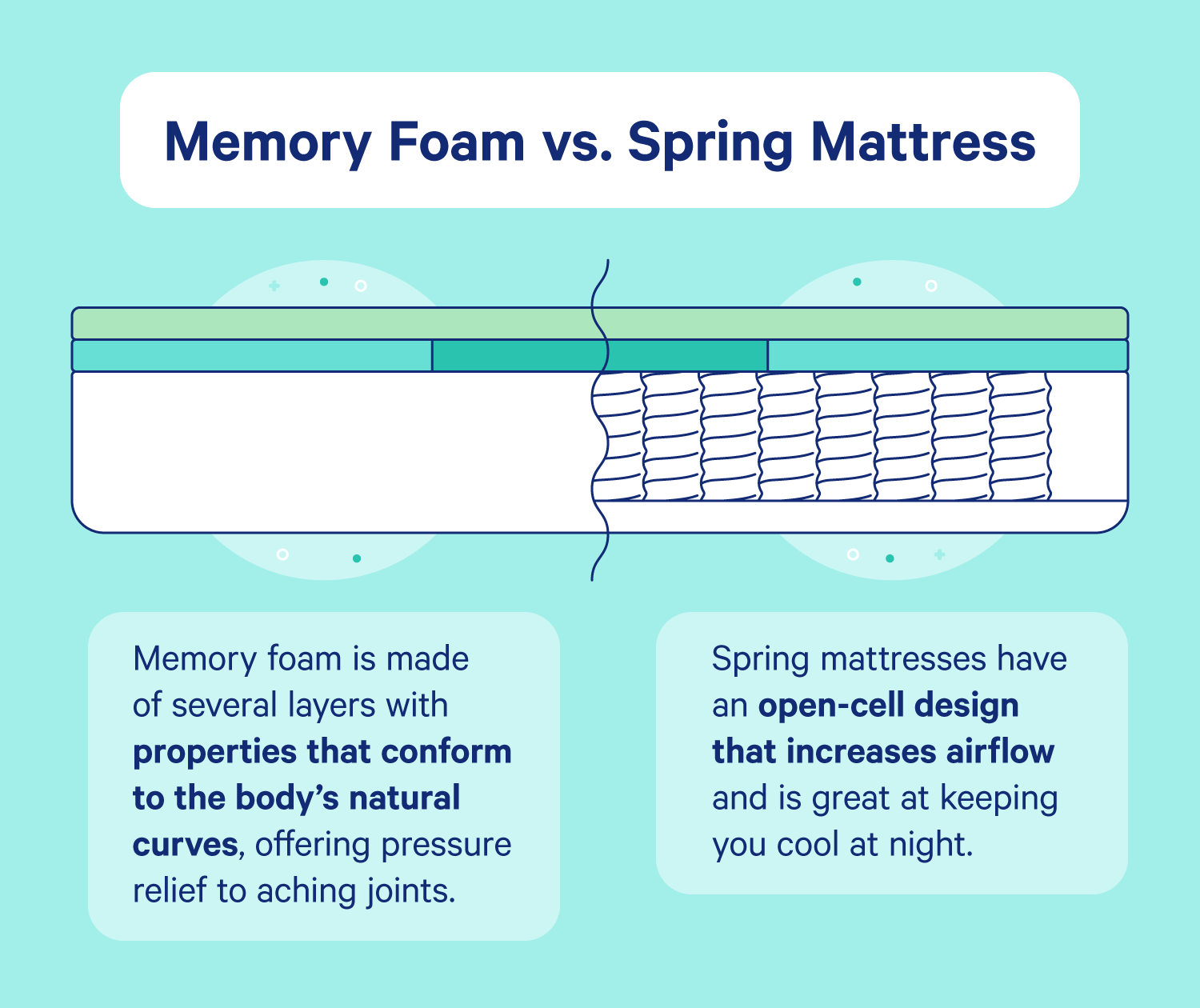
- Off-Gassing – Foam mattresses are known to produce a chemical smell when unpacked, known as off-gassing. This smell can last for up to a few weeks.
- Heat Retention – Foam mattresses tend to trap heat and cause the sleepers to become hot and uncomfortable.
- Durability – Foam mattresses can lose their shape and support over time, especially if they are not rotated on a regular basis.
- Cost – Foam mattresses are usually more expensive than other types of mattresses.
Factors to Consider when Buying a Foam Mattress
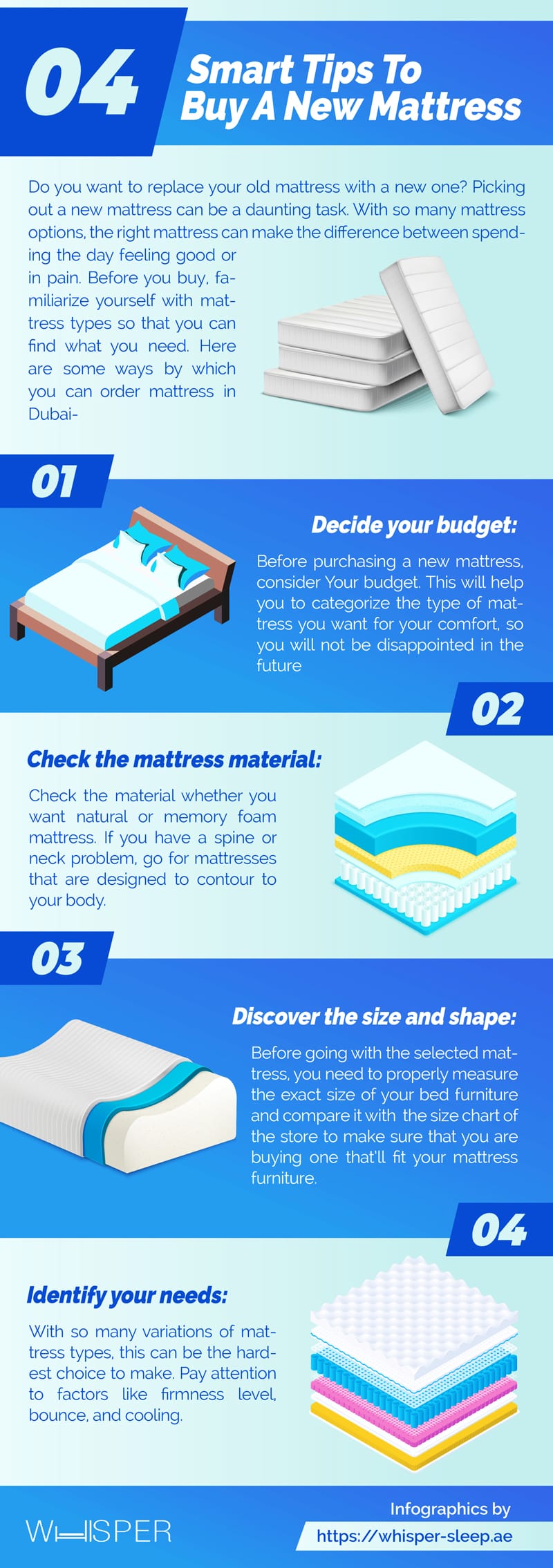
Size: The first factor to consider when purchasing a foam mattress is size. Make sure the mattress is appropriate for your bed frame and provides enough space for you to sleep comfortably.
Firmness: Foam mattresses are available in a range of firmness levels, from soft to extra-firm. Consider your sleeping position and body type when selecting the firmness level that is best for you.
Thickness: Mattress thickness is another important factor to consider. The thicker the mattress, the more supportive it will be. A thick mattress can also help to reduce motion transfer, which is important if you share your bed with a partner.
Breathability: Foam mattresses are available in a range of breathability levels. Choose a mattress that has good breathability to ensure you stay cool and comfortable while sleeping.
Durability: Check the mattress warranty before making a purchase. A good warranty can provide you with peace of mind that your mattress will last for years to come.
Price: Lastly, consider the price. Foam mattresses can range in price from budget-friendly to luxurious. Choose a mattress that fits your budget and provides you with the comfort and support you need.
How to Care for a Foam Mattress
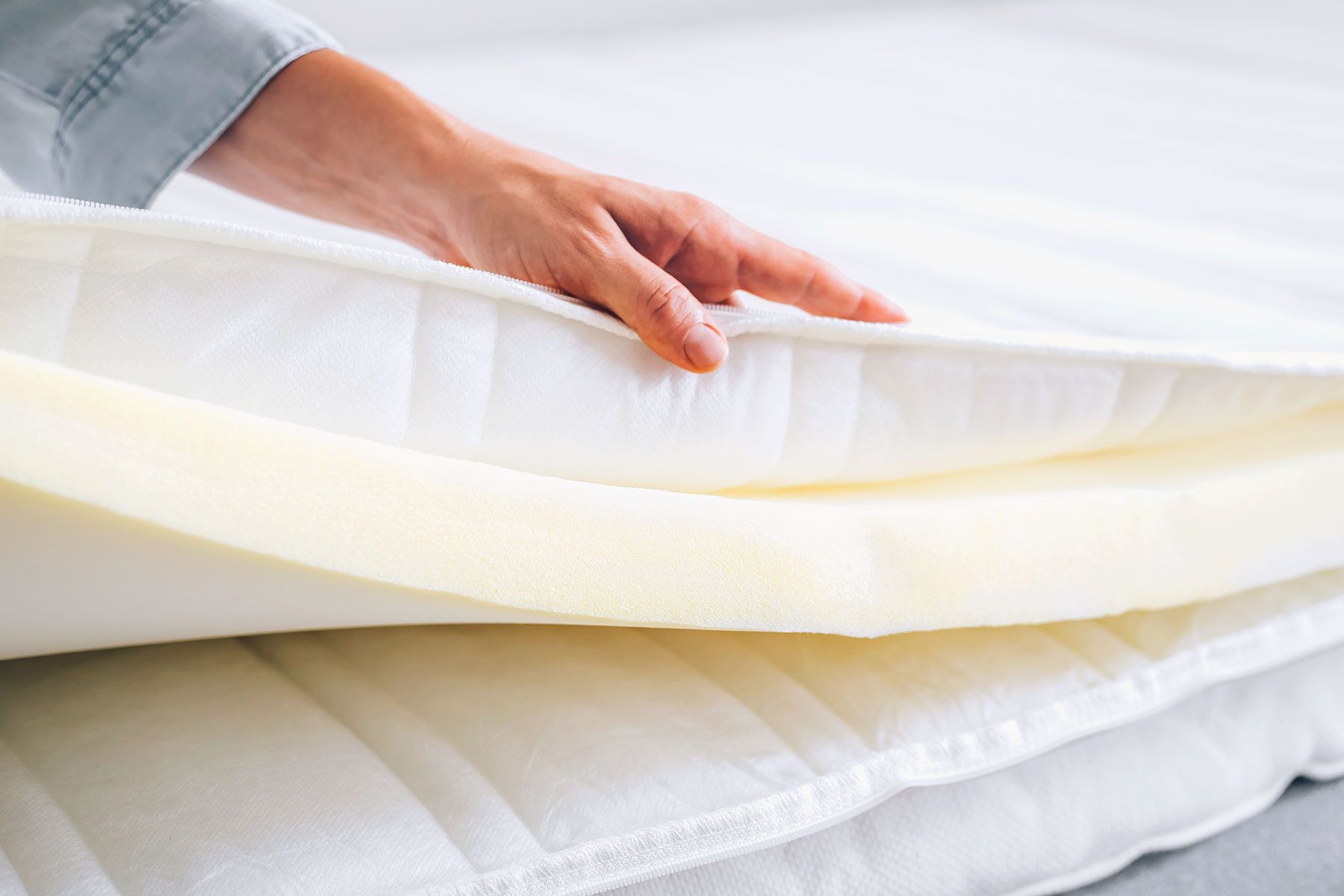
- Rotate the mattress: Rotating your mattress every 3-6 months helps to ensure that your body weight is evenly distributed, which helps to increase the lifespan of the mattress.
- Use a mattress protector: A mattress protector not only helps to prevent stains and allergens, but also adds an extra layer of cushioning.
- Clean the mattress regularly: To keep the mattress looking and smelling fresh, use a vacuum cleaner to remove dirt and dust. You can also spray the mattress with an upholstery cleaner.
- Avoid exposure to heat: Excessive heat can damage the foam, so it’s important to keep the mattress away from direct sunlight and heat sources.
- Always use a bed frame: A bed frame helps to support the mattress and also prevents sagging.
Alternatives to Foam Mattresses
- Innerspring Mattresses: Innerspring mattresses are the more traditional option, featuring a support core of coils surrounded by padding and upholstery. They are best suited for those who prefer a more supportive mattress with more bounce.
- Latex Mattresses: Latex mattresses are made with a supportive core of latex foam and are best suited for those who prefer a mattress that offers a combination of both bounce and conforming support.
- Hybrid Mattresses: Hybrid mattresses are a combination of both innerspring and foam layers, offering the best of both worlds. They are best suited for those who prefer the combination of bounce, conforming support, and contouring comfort.
- Airbeds: Airbeds are a type of mattress that can be adjusted to provide a personalized level of support. They are best suited for those who are looking for a mattress that can be customized to meet their individual needs.
- Waterbeds: Waterbeds are filled with water and offer a unique level of support. They are best suited for those who are looking for a mattress that offers a unique combination of support and comfort.
No matter what type of mattress you are looking for, there are a variety of alternatives to foam mattresses that can offer you the comfort and support you need to get a good night’s sleep.
Frequently Asked Questions
What are the different types of foam mattresses?
Foam mattresses come in a variety of styles and types, each designed to provide a different level of comfort and support. The most common types of foam mattresses include:
- Memory Foam – Memory foam mattresses are constructed with a top layer of viscoelastic foam that molds to the shape of your body as you sleep. This type of mattress offers superior contouring and pressure relief.
- Latex Foam – Latex foam mattresses are constructed with natural latex foam and provide a firmer sleeping surface. This type of mattress is a good choice for those who prefer a firmer feel.
- Gel Foam – Gel foam mattresses are made with a top layer of gel-infused foam that helps to regulate temperature and provide a cooler sleeping surface. This type of mattress is a great choice for hot sleepers.
- Hybrid Foam – Hybrid foam mattresses are made with a combination of foam and innerspring coils. This type of mattress offers the contouring and pressure relief of foam with the bounce and support of coils.
- Innerspring Foam – Innerspring foam mattresses are made with a layer of coils and foam. This type of mattress offers excellent bounce and support, making it a good choice for back and stomach sleepers.
What are the Advantages of Sleeping on a Foam Mattress?
- Pressure Point Relief: Memory foam mattresses easily contour to the body, providing excellent support for your pressure points, such as your hips and shoulders. It helps to reduce stress and tension in the body, allowing you to sleep more comfortably.
- Motion Isolation: Memory foam mattresses do an excellent job of absorbing movement, making them perfect for couples sharing the bed. When one partner moves, the other partner won’t feel it, reducing the chance of being woken up.
- Minimal Noise: Memory foam mattresses don’t squeak or creak when you move around, so it won’t disturb your sleep.
- Durability: Memory foam mattresses are highly durable, allowing them to last for many years with proper care.
- Hypoallergenic: Memory foam mattresses are hypoallergenic, making them great for allergy sufferers.
- Affordable: Memory foam mattresses are more affordable than other types of mattresses, making them a great choice for budget-conscious shoppers.
Is a Foam Mattress Suitable for All Kinds of Sleepers?
Yes, foam mattresses are suitable for all kinds of sleepers. Foam mattresses provide excellent support and pressure relief, making them suitable for side, back, and stomach sleepers. They are also available in a variety of firmness levels, so you can find one that suits your individual preferences. Additionally, foam mattresses are often temperature-neutral, and the motion isolation they provide makes them great for couples.
How Long Does a Foam Mattress Typically Last?
Foam mattresses are designed to last for many years, and many brands come with warranties of up to 10 years. It is also important to consider the quality of foam used in the mattress and the type of mattress, as well as the care you take when using the mattress.
Factors That Impact the Lifespan of a Foam Mattress
- Quality of Foam: Higher quality foam mattresses will last longer than cheaper foam options.
- Type of Foam: Memory foam, latex foam, and polyurethane foam mattresses have different lifespans.
- Mattress Care: Properly caring for your mattress will help it last longer.
- Usage: The more often a mattress is used, the shorter its lifespan.
With proper care and maintenance, you can expect a foam mattress to last for up to 10 years. It is important to read the warranty information before purchasing a foam mattress, as some warranties may be shorter than 10 years.
Does a Foam Mattress Need a Special Mattress Protector?
Yes, foam mattresses benefit from a mattress protector as it helps to keep the mattress clean and free from allergens. Look for a mattress protector designed specifically for foam mattresses that won’t interfere with the mattress’s comfort. Avoid plastic and vinyl covers as they can trap heat and moisture, leading to a hot and uncomfortable sleep.
Conclusion
Foam mattresses offer a unique and comfortable sleeping experience. They provide excellent support and pressure relief, making them ideal for back pain sufferers and people with joint issues. They also contour to the body and eliminate motion transfer, making them great for couples. Not to mention, they are highly durable and require minimal maintenance. For these reasons, foam mattresses are an excellent option for those looking for a good night’s sleep.
